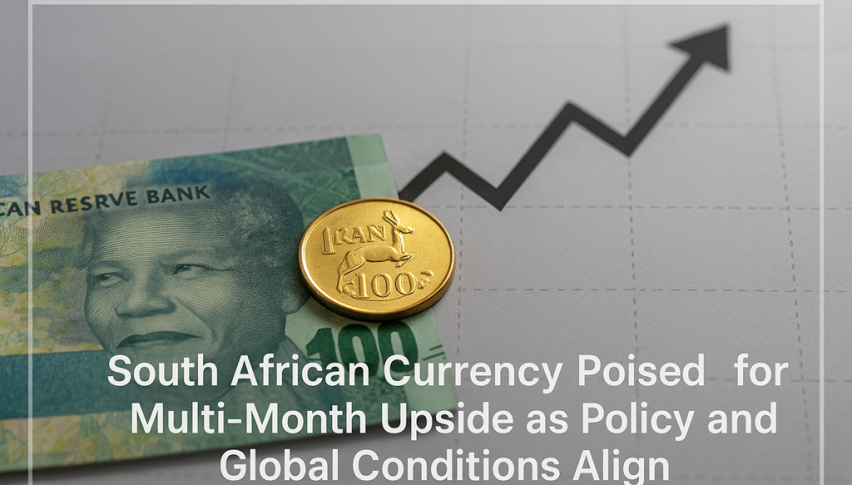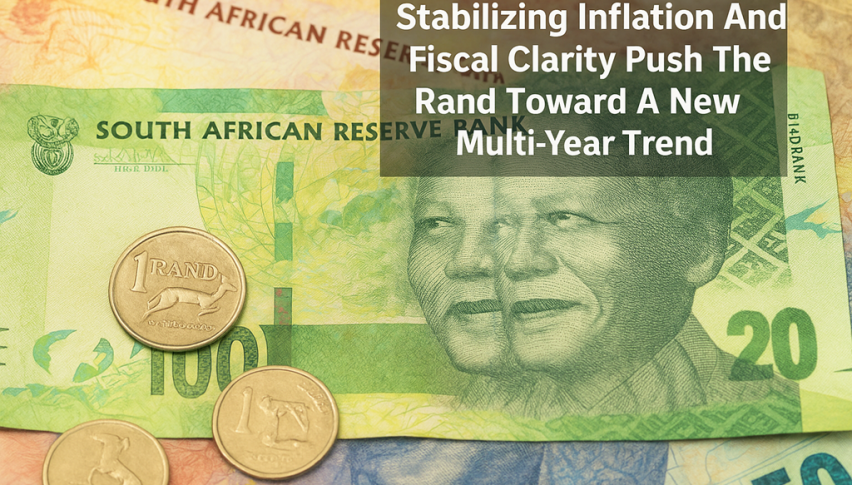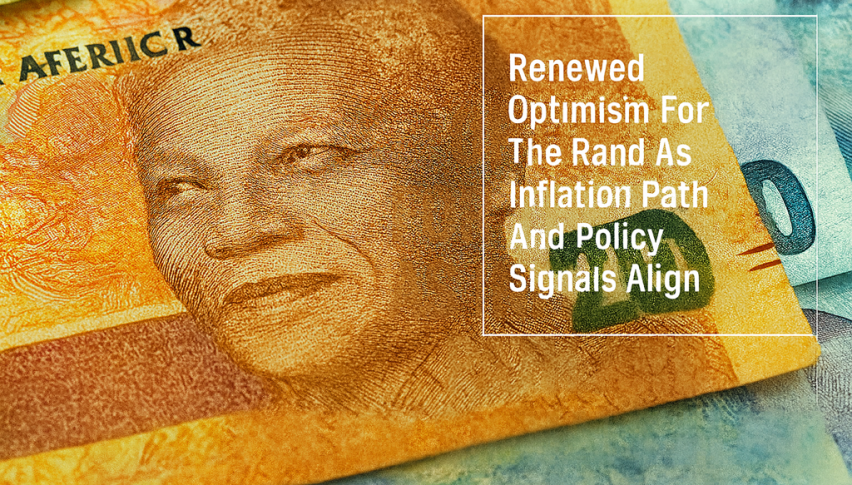Prices Forecast: Technical Analysis
The predicted daily closing price for USD/ZAR is 17.85, with a range of 17.70 to 18.00. For the weekly forecast, the expected closing price is 17.90, ranging from 17.70 to 18.10. The technical indicators suggest a bearish trend, as the RSI is currently at 35.24, indicating oversold conditions. The ATR of 0.1415 suggests moderate volatility, which could lead to price fluctuations within the predicted range. The recent price action shows a downward movement, with the last close at 16.8706, significantly lower than the previous levels. The market sentiment appears cautious, influenced by macroeconomic factors such as the upcoming USDNY Empire State Manufacturing Index, which could impact the USD’s strength. If the index shows improvement, it may bolster the USD against the ZAR, pushing prices higher. Conversely, if the index disappoints, we could see further declines. Overall, the technical indicators and economic calendar suggest a cautious approach for traders.
Fundamental Overview and Analysis
USD/ZAR has recently experienced a downward trend, reflecting broader market volatility and economic uncertainties. Key factors influencing its value include the performance of the US dollar, driven by economic indicators such as the upcoming Empire State Manufacturing Index, and South Africa’s economic conditions, including inflation and unemployment rates. Investor sentiment appears mixed, with some viewing the ZAR as undervalued, while others remain cautious due to potential economic challenges. Opportunities for growth exist, particularly if South Africa’s economic outlook improves, but risks include ongoing political instability and global economic pressures. The current valuation of USD/ZAR suggests it may be slightly undervalued, presenting a potential buying opportunity for investors looking for long-term gains. However, traders should remain vigilant about market volatility and geopolitical risks that could impact price movements.
Outlook for USD/ZAR
The future outlook for USD/ZAR remains uncertain, with potential for both upward and downward movements. Current market trends indicate a bearish sentiment, influenced by recent price declines and economic data releases. In the short term (1 to 6 months), we could see prices range between 17.70 and 18.10, depending on economic indicators and market reactions. Long-term forecasts (1 to 5 years) suggest a potential recovery for the ZAR if economic conditions improve, but significant risks remain, including global economic slowdowns and domestic challenges. External factors such as geopolitical tensions or changes in US monetary policy could also significantly impact the asset’s price. Overall, traders should prepare for a volatile market environment, with opportunities for strategic entry points as conditions evolve.
Technical Analysis
Current Price Overview: The current price of USD/ZAR is 17.85, compared to the previous close of 16.8706, indicating a significant upward movement. Over the last 24 hours, the price has shown volatility, with notable fluctuations around the 17.70 level. Support and Resistance Levels: Key support levels are at 16.85, 16.83, and 16.82, while resistance levels are at 16.88, 16.90, and 16.92. The pivot point is at 16.86, and the asset is currently trading above this level, suggesting a potential bullish sentiment. Technical Indicators Analysis: The RSI is at 35.24, indicating a bearish trend. The ATR of 0.1415 suggests moderate volatility, while the ADX at 13.62 indicates a weak trend. The 50-day SMA is at 17.09, and the 200-day EMA is at 17.36, showing no significant crossover at this time. Market Sentiment & Outlook: Sentiment appears bearish, as indicated by the price action below the pivot point and the RSI’s downward trajectory. The ADX suggests a lack of strong trend momentum, indicating a cautious approach for traders.
Forecasting Returns: $1,000 Across Market Conditions
The table below outlines potential investment scenarios for USD/ZAR, providing insights into expected price changes and estimated returns on a $1,000 investment.
| Scenario | Price Change | Value After 1 Month |
|---|---|---|
| Bullish Breakout | +10% to ~$19.58 | ~$1,100 |
| Sideways Range | 0% to ~$17.85 | ~$1,000 |
| Bearish Dip | -5% to ~$16.92 | ~$950 |
FAQs
What are the predicted price forecasts for the asset?
The predicted daily closing price for USD/ZAR is 17.85, with a range of 17.70 to 18.00. For the weekly forecast, the expected closing price is 17.90, ranging from 17.70 to 18.10.
What are the key support and resistance levels for the asset?
Key support levels for USD/ZAR are at 16.85, 16.83, and 16.82. Resistance levels are at 16.88, 16.90, and 16.92, with a pivot point at 16.86.
What are the main factors influencing the asset’s price?
The main factors influencing USD/ZAR’s price include economic indicators from the US and South Africa, investor sentiment, and geopolitical events. Upcoming data releases, such as the Empire State Manufacturing Index, could significantly impact the USD’s strength.
What is the outlook for the asset in the next 1 to 6 months?
The outlook for USD/ZAR in the next 1 to 6 months suggests potential price movements between 17.70 and 18.10, depending on economic conditions and market sentiment. Traders should remain cautious due to ongoing volatility.
What are the risks and challenges facing the asset?
Risks facing USD/ZAR include ongoing political instability in South Africa, global economic pressures, and potential changes in US monetary policy. These factors could lead to increased volatility and impact price movements.
Disclaimer
In conclusion, while the analysis provides a structured outlook on the asset’s potential price movements, it is essential to remember that financial markets are inherently unpredictable. Conducting thorough research and staying informed about market trends and economic indicators is crucial for making informed investment decisions.



